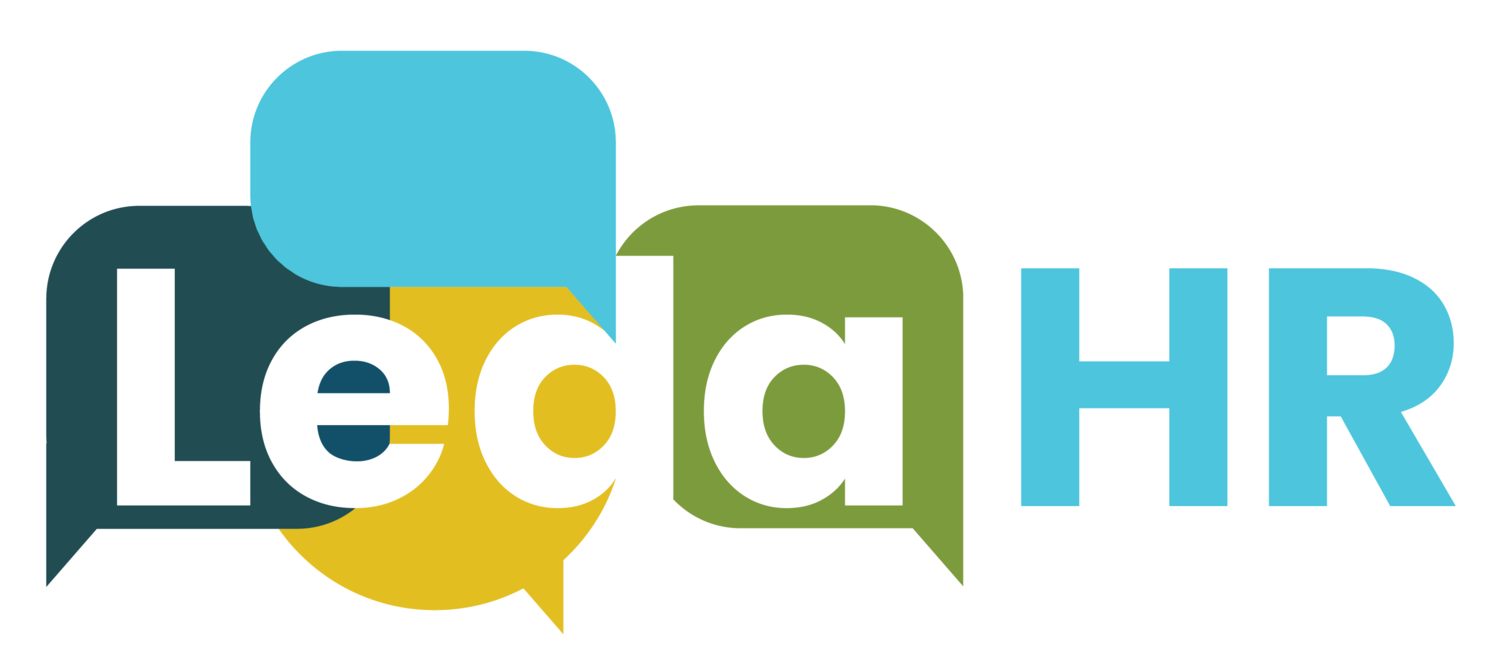5 Tips to Inclusive Onboarding for People with a Neurodiversity
By Kristin Bower, Partner, Leda HR
In a world that has become increasingly aware of the impact of exclusion and discrimination on society, a group that still faces stigma, misunderstanding, and exclusion is those with Autism.
In a previous life I was the Manager of Diversity and Inclusion at Vancity Credit Union. One of the first things that I was called on to do by our CEO was to design and pilot employment programs to increase the representation of people with disabilities within the organization. Among those programs were two that focused on hiring (and retaining) people with a neurodiversity.
As with any equity, diversity, and inclusion (EDI) terminology I think it is important to understand what these words mean, not what we think they might mean. So, let’s pause for a moment and do just that. Neurodiversity, as defined by the Merriam Webster online dictionary, is:
individual differences in brain functioning regarded as normal variations within the human population
the concept that differences in brain functioning within the human population are normal and that brain functioning that is not neurotypical should not be stigmatized
the inclusion in a group, organization, etc. of people with different types of brain functioning
It is interesting that the words normal and inclusion appear in this definition. Considering that so many people consider neurodiversity to be abnormal – resulting in exclusion in both society and in the workplace – this is a powerful reminder to check our biases and beliefs.
Now, back to employment…
A good recruiter can find great talent. If you tell them to find you a person who speaks three languages and can fly a plane, I bet they can find that person for you! But what happens when that person is hired but everyone in the organization speaks one language and have never been in an airplane? Chances are that person will not last.
You have just spent a lot of money to hire someone and now they – and that investment – have walked out the door.
When hiring anyone, whether they have a disability or not, do all that you can to ensure that the environment will be inclusive, respectful, equitable, and welcoming. The goal is to set up that new employee (and existing employees) for success.
There is never a one-size-fits-all approach to disability employment and fostering an inclusive environment in the workplace. I asked my former colleague (and current friend!) Kat Precious, Workplace Inclusion Team Lead at Vancity, for some tips. Here is what she has learned along the way.
The person with the disability is the best expert on their disability. Don’t be afraid to ask them questions like, “what works for you?”, “how do you prefer to communicate?”, “how will I know when you my need support?” or “what do you require to be productive in your work?”
Make expectations clear. It is possible to get so caught up in making your new employee feel included, supported, and accommodated that sometimes we forget to set clear expectations for the work they have been hired to do. Make sure the employee understands their accountabilities. Being straight to the point works particularly well for most neuro-diverse individuals. In the words of Brene Brown: Clear is kind. Unclear is unkind.
Check your assumptions. Just because your friend’s son with Autism Spectrum Disorder (ASD) is non-verbal and will not make eye contact, does not mean that all people with ASD have challenges with social connection. Many people with ASD love social connection and are wonderful conversationalists. Try not to look at your employee through the lens of your personal experience or perception but rather as an opportunity to experience someone new.
Apply universal design. Designing for the minority benefits the majority. Think about how you can change your processes and practices for people with disabilities and apply the new way to everyone. You may realize you have found a new and improved way to do something!
Apply what you know about being a great leader. This may seem obvious but the things that you have learned about what it takes to be a great leader - practicing empathy, harnessing the unique “superpowers” (ie. skills) of your employees, clear and frequent communication, and connection, etc. - are exactly the skills you need to create an inclusive environment for your new employee with a disability.
When I think back to my time piloting these programs, one thing always comes to mind. After we had hired around 20 people with Autism to support a crucial IT project, I asked one of the managers of the group how things were going.
Here’s what he said, “Kristin, we don’t use the D-word (disability). We focus on ability.”
In the world of equity, diversity, and inclusion consulting there are many challenges and there are some real goosebump moments when you are reminded why you do this work. That was one of my very first goosebump moments.
Wouldn’t the world be a better place if we all focused on what we can achieve, both individually and collectively, rather than what we cannot? Be like that manager: focus on ability.

